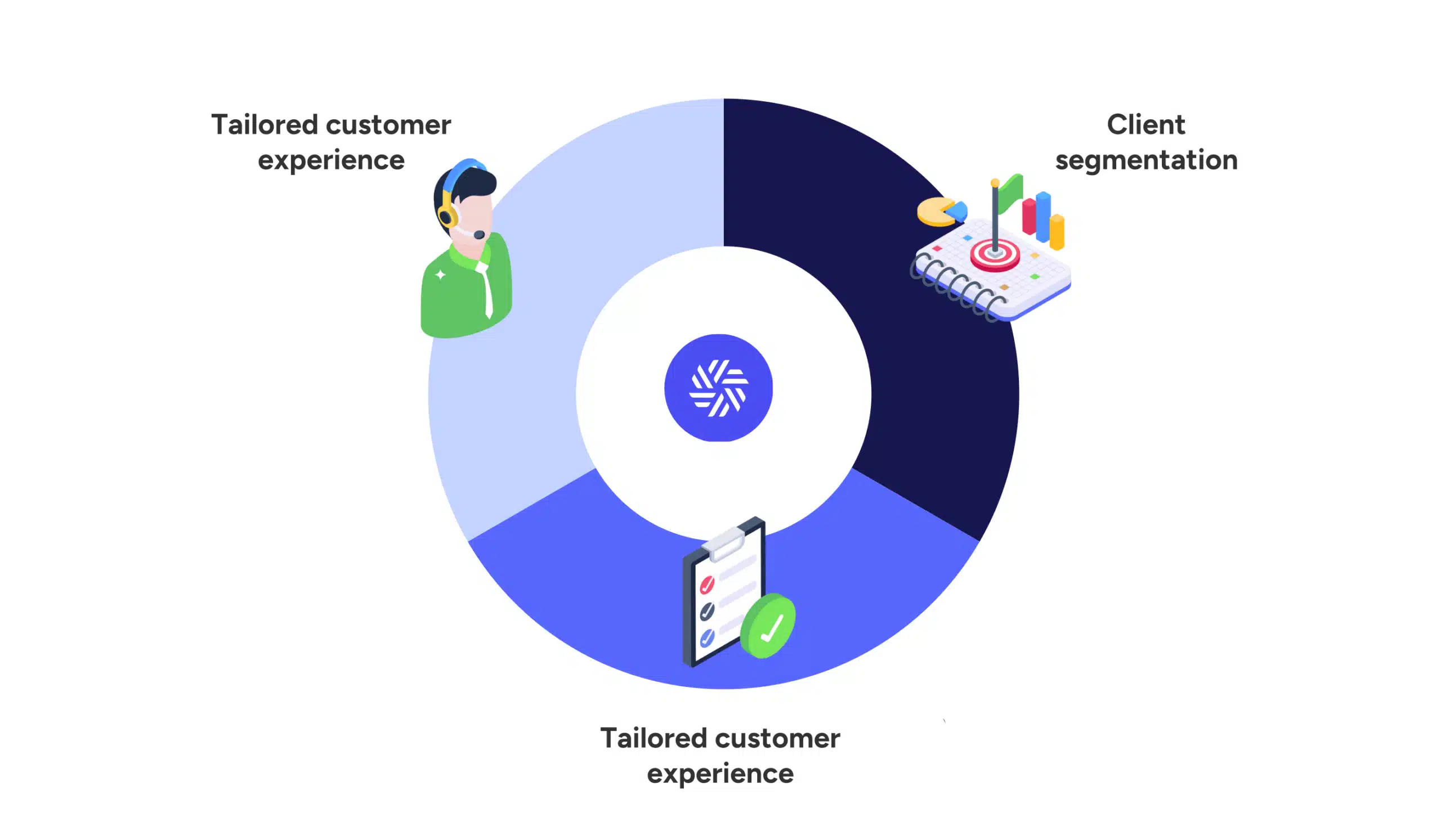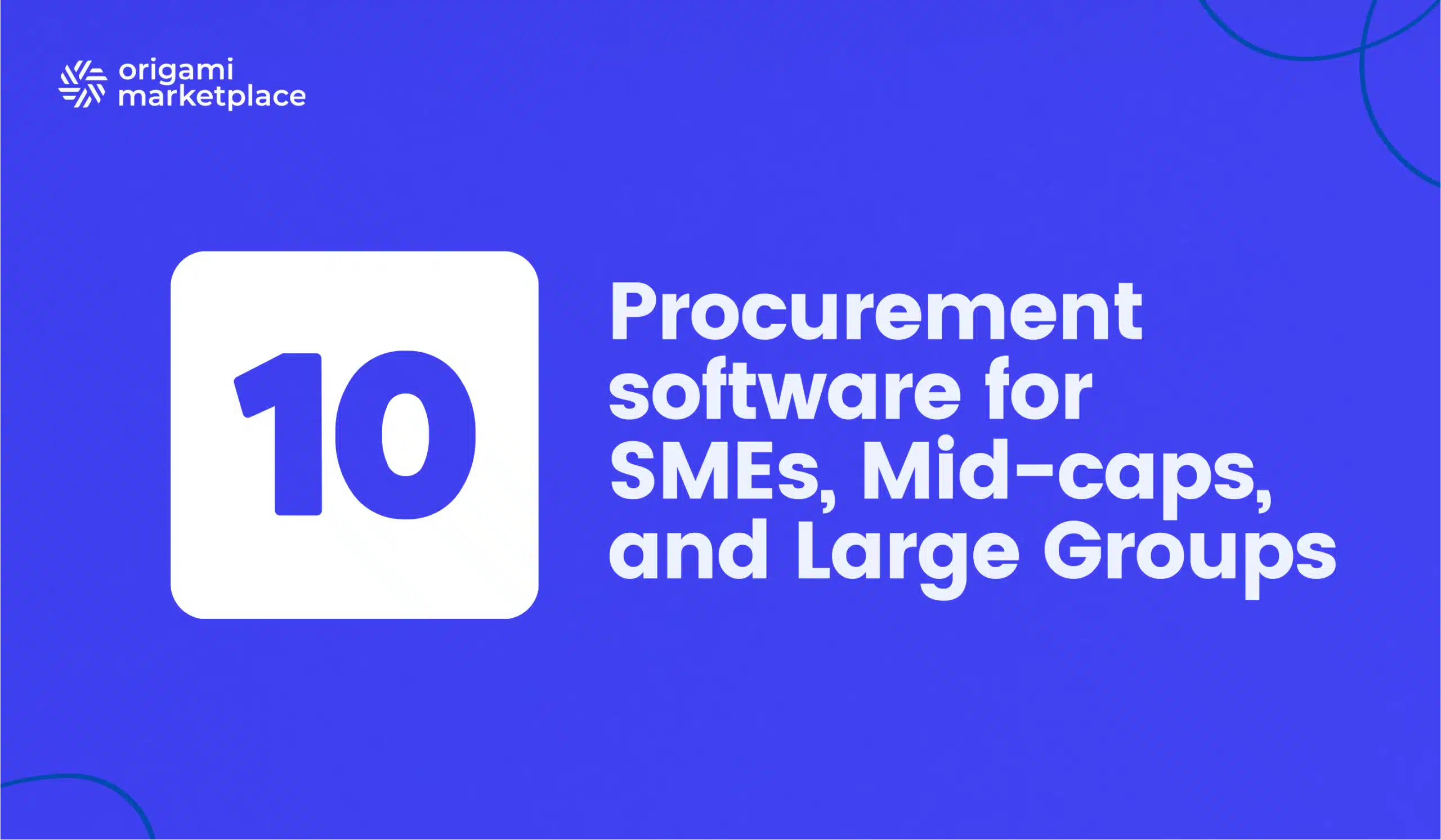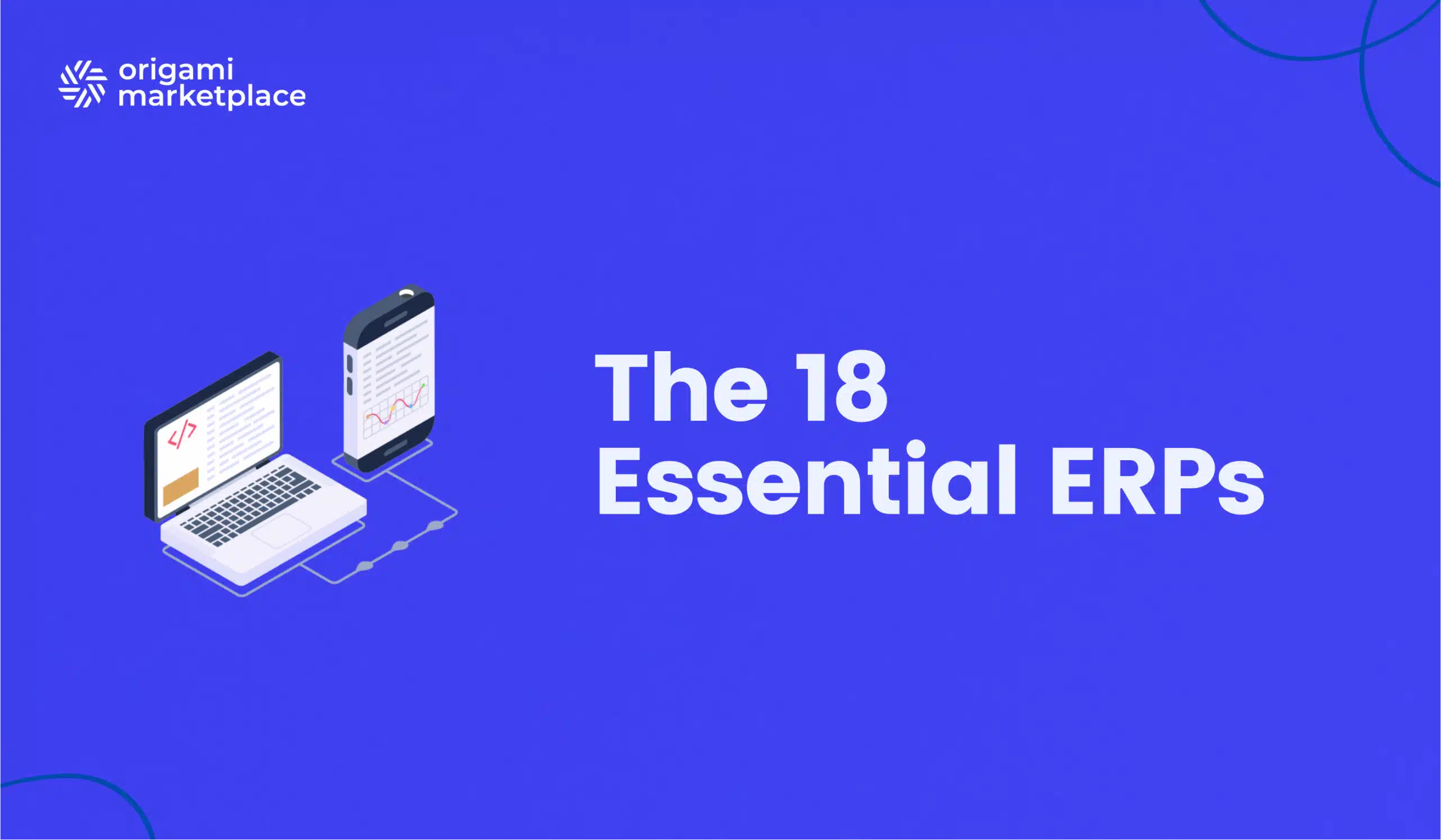Catalog visibility & product visibility for B2B Marketplace
- Arnaud
- 9 minutes reading

One key to the success of a B2B marketplace lies in how products are showcased. Providing personalized catalog visibility and product visibility tailored to each customer’s specific needs maximizes conversions and fosters a strong relationship with buyers.
In this article, discover how tailored product presentation can transform the experience of your professional customers and boost your sales.
- Why personalize catalog visibility & product visibility for a B2B marketplace?
- Guided purchasing functionality in a B2B marketplace
- Advantages of personalized catalog visibility & product visibility in a B2B marketplace
- How to implement personalized product presentation in your marketplace?
- Use cases: successful personalization examples
👋 No time to read the entire article? Find the summary here.
1. Why personalize catalog visibility & product visibility for a B2B marketplace?
In a B2B marketplace, personalizing the catalog goes beyond aesthetics or product organization. It requires an in-depth understanding of each client’s specific needs, enabling you to offer a relevant product selection that optimizes the commercial relationship. Unlike B2C buyers, B2B buyers have professional expectations and specific constraints tied to their activity. They seek tailored solutions that meet precise criteria, such as:
- Minimum order quantity (MOQ): Buyers often benefit from reduced product prices when suppliers impose a minimum order quantity.
- Volume pricing: Access to tiered pricing based on the volume added to the cart.
- Personalized product navigation and information: Offering a custom user navigation experience in the front end based on client profiles.
- Exclusive or contractual products: Certain clients may have access to exclusive products or receive preferential rates due to specific commercial agreements.
Personalizing navigation allows each client to see a customized selection that simplifies their purchasing journey, strengthens engagement, and builds loyalty.

2. Guided purchasing functionality in a B2B marketplace
Guided purchasing is an essential feature to enhance the personalization of the buying experience. It provides each client with a customized view of the catalog, tailored according to various strategic criteria, such as:
- Purchase history: Analyzing past purchases allows you to recommend similar, complementary, or related products, anticipating client needs and offering relevant deals.
- Industry: Different industries have specific requirements. For example, a medical company will not have the same needs as a construction company. Segmenting the offer by industry increases relevance.
- Commercial agreements: Clients with negotiated conditions (e.g., preferential pricing or shortened delivery times) benefit from a view tailored to their contracts, improving satisfaction and transaction efficiency.
- Navigation behavior: Tracking user behavior on the platform (products viewed, pages visited) refines recommendations and adjusts product visibility based on preferences or past browsing/purchasing behavior.
Guided purchasing thus becomes a powerful asset to simplify the search process and provide a contextualized experience tailored to clients.
Download our free requirement specification template
Access essential functionalities to successfully build your C2C, B2C, or B2B marketplace. This simple-to-use backlog template will support you at every project stage.
3. Advantages of personalized catalog visibility & product visibility in a B2B marketplace
Adopting a personalized catalog visibility and product visibility strategy offers numerous advantages for B2B marketplaces, for both platform managers and clients:
- Save time: For buyers, a personalized catalog reduces the time spent searching for the right products. By presenting the most relevant items directly, buyers can make faster purchasing decisions, leading to greater efficiency.
- Enhance customer experience: Structuring a catalog according to each client’s specific needs enhances navigation and creates a positive experience, fostering customer loyalty through personalized interactions.
- Boost sales: Highlighting the most relevant products for each buyer maximizes conversion opportunities. Additionally, suggesting complementary or alternative products based on specific criteria can increase average order value.
- Optimize inventory management: Personalization also helps optimize inventory management based on client preferences and ordering habits, promoting fast-moving products or clearing out end-of-life stock, thus increasing their sales rate.
4. How to implement personalized product presentation in your marketplace?
Implementing catalog personalization requires effective tools and rigorous customer data management. Here are some steps to follow:
Segment your clients
Start by classifying clients based on specific criteria such as industry, size, purchase history, and preferences. This segmentation allows you to define customer profiles and tailor offers accordingly.Integrate custom filters
Offer clients the ability to quickly filter products based on relevant criteria such as availability, delivery terms, customization options, etc. Custom filters simplify the search process and allow direct access to needed information.Automate guided purchasing
Implement AI or machine learning tools to automate guided purchasing and product recommendations. These technologies rely on customer data to generate real-time recommendations, providing a smooth and tailored buying experience.Create a personalized dashboard
A personalized dashboard for each client can centralize ongoing orders, preferences, negotiated contracts, and favorite products, simplifying purchases and enhancing transparency in commercial interactions.
“Invest time in optimizing your product listings and ensure detailed and accurate information. Effective catalog visibility & product visibility, combined with a well-presented marketplace, is key to capturing buyers’ attention in a B2B marketplace.”

Alexandre Duquenoy
→ Connect with our B2B solutions expert.
5. Use cases: successful personalization examples
Industrial platform
A B2B marketplace dedicated to heavy industry segmented its clients by sectors (e.g., petrochemicals, metallurgy). This segmentation enabled clients to access industry-specific products, with tailored recommendations based on the latest innovations in their field.Textile marketplace
In a textile marketplace, product customization options (e.g., size, color, materials) are automatically highlighted for each client. Additionally, exclusive discounts are applied based on order volume.
Personalizing catalog visibility and product visibility is essential for delivering a unique and tailored experience to professional buyers. It not only precisely meets their needs but also increases sales and improves marketplace management.
To learn more, discover how Origami Marketplace can support your creation of a bespoke B2B platform. Continue reading related articles, such as deferred payment solutions or SEPA direct debit optimization, to enrich your service offerings. If you wish to discuss this topic or your professional needs, our team is at your disposal.
Key takeaways:
- Visibility importance: Standing out and optimizing product presentation is crucial for success on a B2B marketplace.
- Product quality descriptions: Clear descriptions, attractive visuals, and comprehensive details are essential to attract and convince buyers.
- Inventory and delivery management: Effective stock and delivery management ensures client satisfaction and loyalty.
- Continuous analysis & adjustments: Use available data to analyze performance and adjust strategies accordingly.



